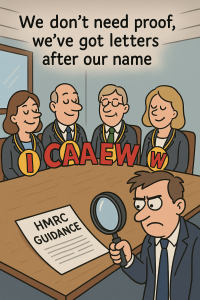These Buoyant aircraft (BA) represent the heart of this technology for the LTA principles of Vertical Launch and Capture (VLC) and flotation involved, elucidated by Archimedes circa 287 to 212 BC and based on displacement of the essentially fluid substance bodies or vessels are in (water for ships or submarines and the atmosphere {air} for BA).
They also were the first aircraft worldwide able to carry people, beginning in 1783 with both hot air (the Montgolfier brothers) and LTA gas (Prof. Jacques Charles and Les Frères Robert) filled types. Sir George Cayley (1773 to 1857, a pioneer of aeronautics often referred to as "the father of aviation") also recognised the potential of the atmosphere, which surrounds the Earth as a fluid medium that touches every door, needing “airships to serve them”. He was right about this at a time before aeroplanes flew.
Buoyancy essentially works the same way for both water- and air-borne vessels, where they are pushed up (buoyed) by the substance they are in – so not lifted by anything the vessels or balloons contain, which only adds weight. The LTA gas or hot air that fills them (needing weight to be minimised) just supports their thin flexible vessel which, in turn,
enables the outside air to be displaced against atmospheric pressure.
This pressure arises from gravity and reduces with height – so is greater on the balloon’s lower surface than it is on its upper surface, thereby creating a differential effect pushing upwards on the balloon (buoying it). Cameron Balloons today (see below) is a leading UK company for balloon technology, producing both hot-air and LTA gas filled types –
successfully sold and operated worldwide.
It’s thus important technology enabling trade and work for many people, spawning further revenue earning ways for people involved for supply, operations, maintenance, training and so forth in similar ways to other aircraft. It also largely is sustainable technology using least energy principles with little harm that enables useful duties not served by other
methods, still relevant and useful over 240 years since balloons began – longer than any other aircraft.
Balloons today provide reliable and safe ways to:
• Carry heavy loads – the Cargolifter CL75 Aircrane demonstrated carriage of a 55 tonne military tank in 2002; balloons are used for logging purposes.
• Enable near space operations in the very thin upper atmosphere.
• Enable unrestrained all-round sight-seeing flights at low to high altitudes.
• Conduct atmospheric and earth science studies.
They also have been used during wars for various reasons.
Unpowered and carried by winds as a raft, their own airspeed is zero – providing steady, peaceful flight with panoramic outlook.
Photo by ian dooley



